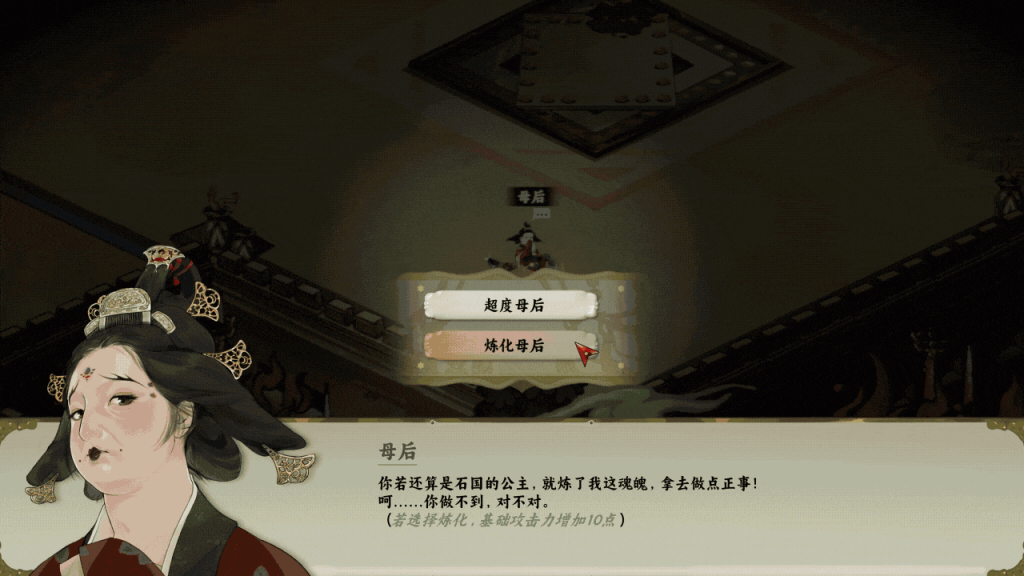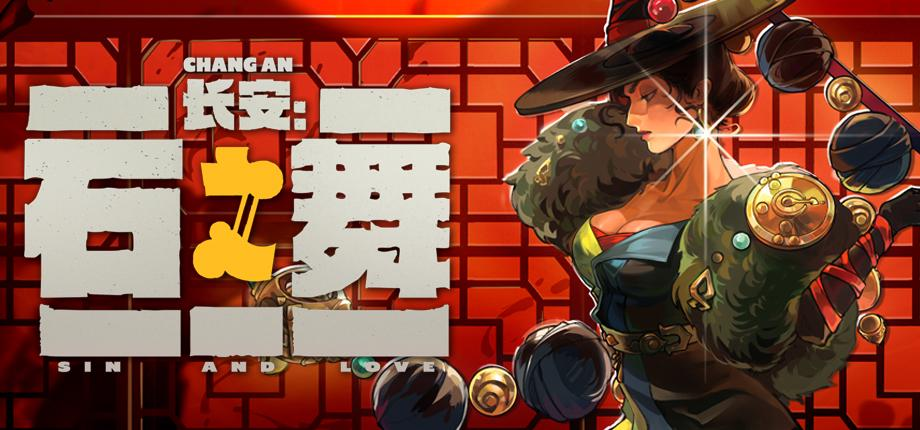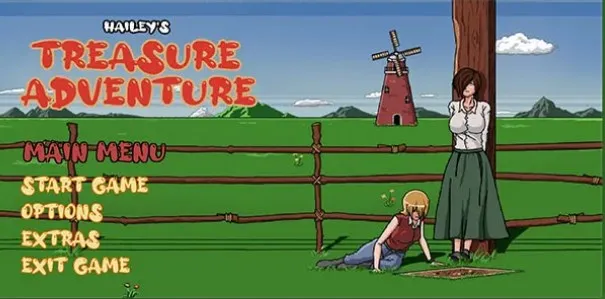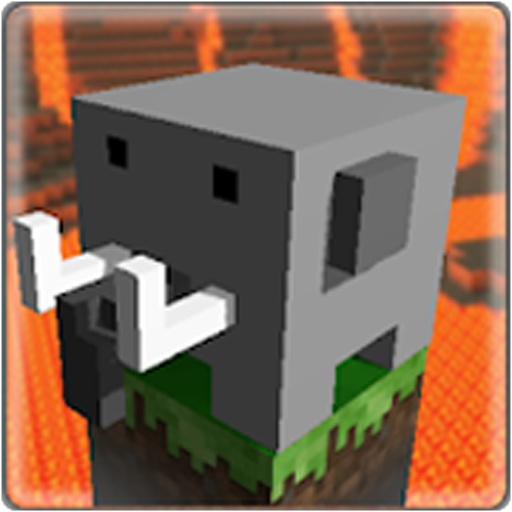The new Chinese-style pigeon "Chang'an: Dance of Stone" starts Steam public beta today
On May 24, 2025, the national style action pigeon game "Chang'an: Dance of Stone" created by Star Color Studio officially landed on the Steam platform and will gradually start the release of many regions in Asia, Europe and the United States. This independent game with the label "Tang Legend Background × Magical Audio-visual × Soul Game" has triggered heated discussions in the core player circle during the testing period with its subversive design that deeply integrates meat pigeon combat and dramatic narrative.
In February this year, during the Steam New Product Festival, some players expressed this feeling: "Chang'an: Dance of Stone" is rare to take into account the pleasure of fighting meat pigeons and the immersion of plot and narrative, and the distinctive traditional Chinese cultural elements make it look so unique in the stand-alone meat pigeon track.

When the action meat pigeon meets the prosperous Tang Dynasty - the Tang legend rhapsody of fighting is narrative
The game, based on rigorous research on historical facts, uses the "rebirth in the mirror" of Shi Zhenzhu, the princess of Zhezhi Kingdom, as the main line, to build a Tang legend narrative wonder that "every battle is self-dissection". Every enemy that players encounter in the ancient mirror illusion is carried by fragments of the princess’ memory - the armored warrior is actually a concrete image of the inner demon of childhood, and the Western Regions Monks implicitly the true appearance of the betrayer. The original "drama interspersed combat" system allows players to trigger a stage drama-level cutscene at the moment of killing the boss: the ink and wash puppet suddenly appears on the battlefield, and the NPC uses dramatic rhyme to break the dark lines of the plot, and resurrects the characters from thousands of years ago on the stage in a sing and thought.
It is worth mentioning that through "gossip" and "experience", players can unlock hidden plots by obtaining memory fragments. A seemingly ordinary gunman may drop the "Secret History of Zhezhi" which records the truth about the destruction of the country, and the unexpected "Ember of Floating Life" encountered in the battle scene will trigger the "Memory Retracement" - the player will personally experience the details behind the death of the princess, peel off the cocoon from it, and restore the confusing plot truth. To a certain extent, what the production team designed was not so much a battle level as a submerged Tang legend story.

In terms of overall plot experience, "Chang'an: Dance of Stone" chooses nonlinear narrative, which means that different players will likely obtain different insights and emotional feedback due to different fragmented information. Each choice of the player will also be recorded in the "remember system" and closely affects the "lifebook system". As the name suggests, the lifebook system is related to the fate and personality tendencies of the current character, and different personalities will have different attribute growth effects, which is strongly related to the skill build of the core combat part, thus cleverly realizing the compact rhythm of combat, that is, narrative. The game will record all the players' choices, accurately portray the players' new life journey, and use this as a basis to move towards different story endings, allowing players to experience the impact of their choices on the game world while experiencing the plot.
Three souls and seven souls × Questioning and divination and wind-opening - Build philosophy of intertwining Taoism and human nature
At the specific gameplay level, players can control character battles and advance levels by defeating the enemy. The game provides a wealth of combat skills, such as general attack, runes, sprints, formations and unique skills.
Among many combat skills, the game completely subverts the traditional meat pigeon framework and creates the "Three Souls and Seven Souls Build System": This system takes the Three Souls and Seven Souls as the starting point for combat design, and uses the opera face score of "Wishing Girl" (such as Li Chunfeng, Guan Shengdijun, etc.) to reshape the soul, thus forming different abilities matching. Players can use the Three Souls Face to enchant the normal attack, pitching talisman and dodge, change the move form and attach extra attribute damage. You can also further construct attributes through the seven souls, strengthen the magnification or obtain new abilities through different combinations. The seven-series elements also have their own characteristics. The thunder attribute pursues high-frequency movement and attacks, the wind attribute pursues critical strikes, the water attribute is good at durability and power-absorbing attacks, the wood attribute emphasizes spells and control, and the fire attribute gives players the possibility of standing and masturbation. There is a mutual restraint relationship between different elements, and the construction of appropriate elemental skills is based on the different characteristics of the enemy. This is also one of the topics left to players. Each skill entry selected by the player will change the battlefield pattern. When the souls of the same element reach a certain number, powerful formation skills can also be activated.

The most crazy thing is the "moon phase" gameplay that deeply combines the plot and battle - according to the changes in the moon phase, activate the gameplay of "Ask the Heart Under the Moon", "Hundred Ghosts Night Walk", "The Sorrow of Eyebrows", "Kucha Night Flame" and other gameplays. Among them, the "moon drama" with great traditional characteristics covers everything, and interprets the sentient beings in the prosperous Tang Dynasty on one stage. The laughter and scolding are full of joys and sorrows"Moon Shadow of Wind" allows players to use tortoise shell divination to build their combat abilities, and they can determine different combat branches through different divination results and change the ability of the final boss. Those players who are unwilling to be destined can flexibly use the various "relics" given in the plot, refine the monster souls in the level for their own use, and what to do is all within the player's thoughts. All the choices will eventually form a rebirth main line.

Tang Palace Aesthetics and Cybernuo Opera—A Crazy Critic Aesthetics that Subvert cognition
At the art level, "Chang'an: Dance of Stone" also has extremely high recognition and unforgettable memory points.
The game pushes "Tang Dynasty aesthetics" to the extreme, and combines a variety of folk elements to deconstruct and reorganize: the game UI may be a porcelain piece made by art, the BOSS battle scene may be an ancient city of Kucha in the Western Regions of the Tang Dynasty, and the enemy's attack trajectory may be observed carefully. The NPC's body makeup may come from Dunhuang murals; from the palace to the folk, from literati to the blood-colored Nuo suit, and eventually transformed into a treacherous form that blends "The Lady of a Hairpin" and "The Picture of Ten Kings".
After entering the Yellow Spring of Forgetful River and then visiting the prosperous Chang'an, based on this story background, in terms of scene design, the production team's ingenuity is also everywhere: in Chang'an City, you can see the down-and-out scholar transformed into the dark night hero, and you can also hear the camel bells from the Silk Road. Historical celebrities, peddlers, merchants, artists, bureaucrats and scholars... All kinds of NPCs together outline a vivid cyberspace with a strong Chinese cultural charm.
The ancient mirror illusion in the game is one of the main scenes, and its design inspiration can also be clearly seen from the traces of ancient Chinese legends of strange stories. Whether it is a battle scene or a plot room scene, there are some unique interactive designs, allowing players to better experience the dual charm of combat and narrative.

Electronic Witch Music×Hummai Binghuan-Audit Feast
In fact, when referring to Tang culture, traditional Tang music symbols such as "Kumhou Introduction" and "Ni Shangqu" can also be regarded as representative elements. However, the overall musical style of "Chang'an: Dance of Stone" is not ordinary. In the words of the production team, their goal is to create a "the most magical game in the national style of audio-visual experience."
The overall auditory experience of the game will make people feel like "Cyber Nuo Opera Scene". The low-frequency tremors brought by Mongolian Humai that emerge at the right time during the game, or the electronic pulses like industrial metal, are definitely called a nuclear bomb explosion at the auditory level.
When the player rushes, the pipa wheel finger will suddenly mix into the 808 drum machine and roar, killing the boss instantly triggers the witch curse chanting sampled from the Nuo exorcism ceremony in the Tang Dynasty...
This crazy aesthetic of "electronic music in blue and white porcelain" runs through the whole time - when the princess falls into the magical realm of the heart, the ears are not the expected flute and the slumber of the flute and the vocoder-processed "Qin King Breaks the Formation" mix. The dense electronic beats form a huge contrast with the impact of the bronze chime, and it also adds a lot of color to the creation of the plot atmosphere.
I believe that after experiencing this game, many players will resonate with each other: this fantasy journey is not just a formulaic princess's revenge, but more like a dip that travels through a thousand years on the roof of Yibaifang in Chang'an.
The game has now officially launched the global Steam platform at 10 a.m. on May 24. You are sincerely inviting you to experience the magical journey of the prosperous Tang Dynasty of "speaking poems while tearing down your enemies while holding hands". ,









